The 2024 FTR Transportation Conference brought together industry experts to discuss the current state of transportation and logistics. From evolving technology to shifting economic conditions, the event highlighted key trends that will shape the industry’s future.
Below are some of the most important insights we gathered from conversations at the conference.
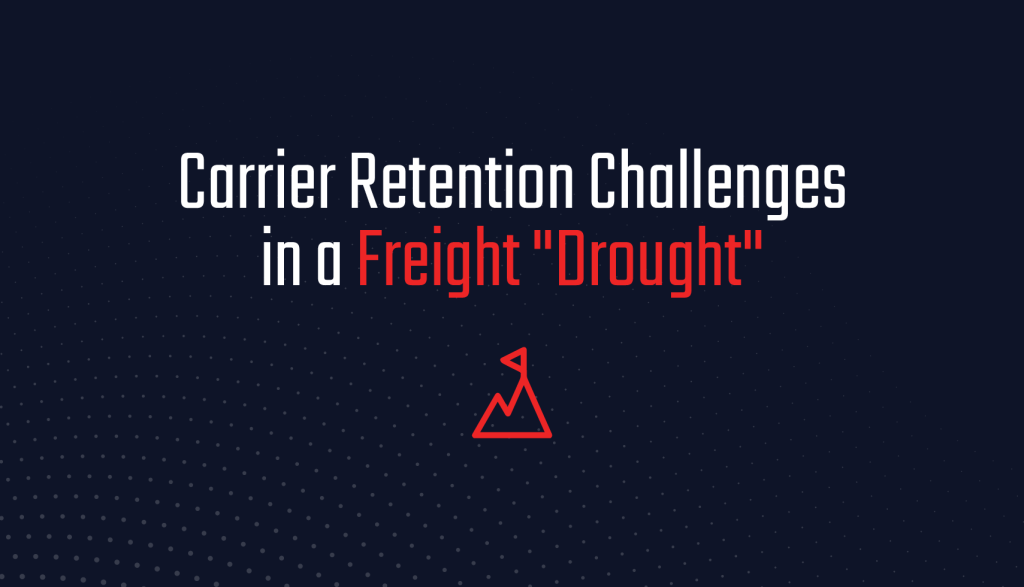
Carrier Retention Challenges in a Freight “Drought”
As freight volumes remain low, many carriers are focusing on retention. With fewer shipments available, keeping drivers on board and maintaining service quality has become increasingly challenging. The “freight drought” is causing a ripple effect across the industry, making retention a top priority for carriers.
At the same time, there is a growing emphasis on safety standards. Brokers at the conference raised concerns about the risks posed by double-brokered loads and carriers with poor safety records. Shippers are more cautious about the carriers they work with, especially as these safety issues could expose them to significant liability.
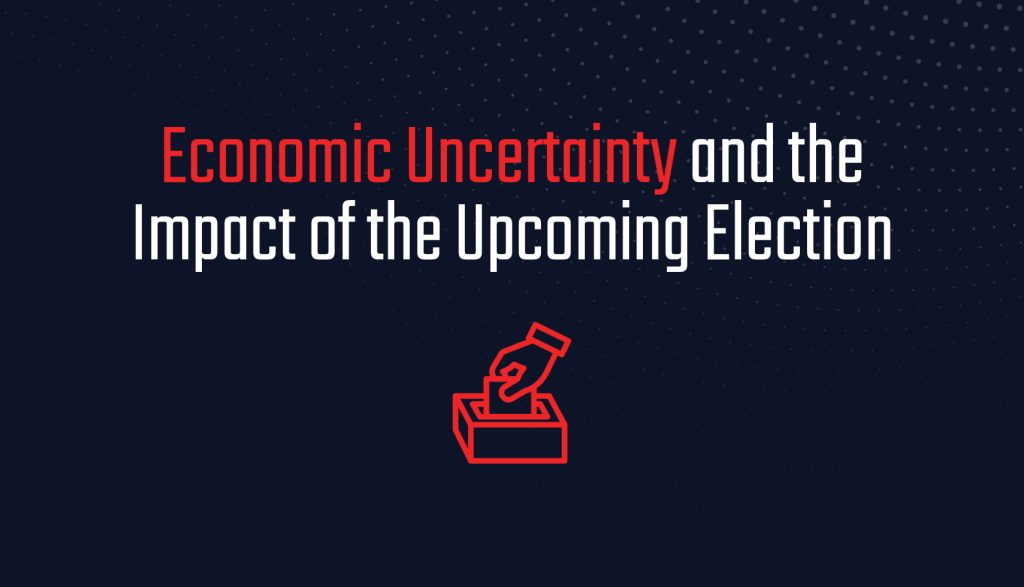
Economic Uncertainty and the Impact of the Upcoming Election
Many conversations at the conference centered on the uncertainty surrounding the upcoming election.
Attendees expressed concerns about how future regulations could affect logistics operations and industry practices. Many are taking a cautious approach, delaying major decisions until there’s more clarity on the direction these changes might take. (If you’re in this situation, now is a great time to evaluate and implement new tools like a TMS.)
This climate of caution is shaping how companies approach their logistics strategies, with many focusing on flexibility and cost-efficiency to navigate an unpredictable market.

Increased Demand for Visibility Solutions
One of the most talked-about topics at the conference was visibility—or rather, the lack of it.
While many large shippers use transportation management systems (TMS) that are integrated with their enterprise resource planning (ERP) systems, these solutions often fall short of providing the level of visibility needed to manage thousands of loads at once.
Shippers expressed frustration with the lack of detailed, real-time insights into their operations. This visibility gap makes it difficult to make data-driven decisions quickly, especially when managing a high volume of shipments across different modes of transport. As the industry grows more complex, the demand for solutions that can offer end-to-end supply chain visibility will only increase.
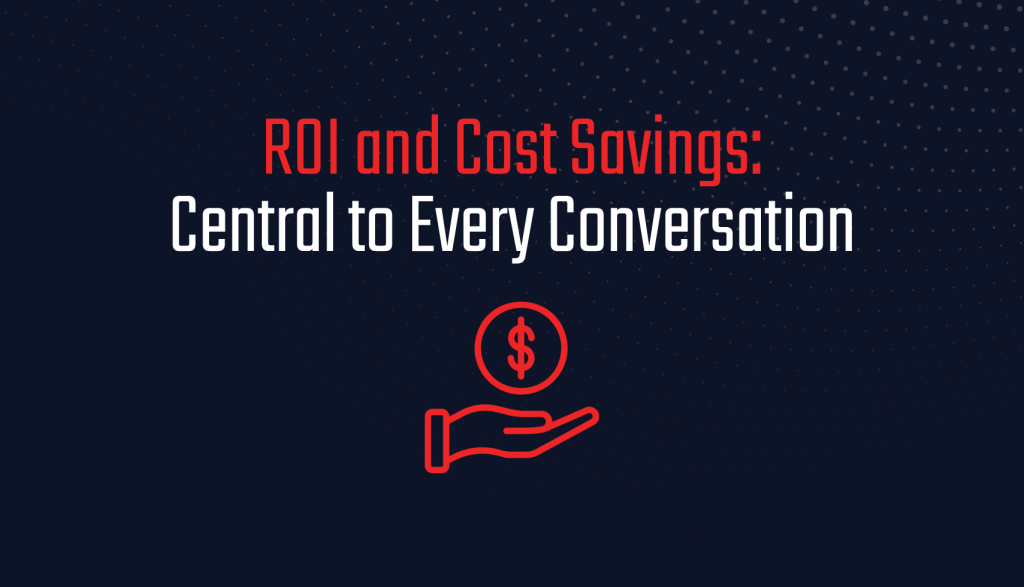
ROI and Cost Savings: Central to Every Conversation
With the economic outlook remaining flat, cost savings and ROI have become the focal point of nearly every conversation.
Shippers are scrutinizing their logistics spend more closely than ever before, seeking to maximize the value they receive from their transportation solutions. This trend is shaping how companies select logistics providers, with ROI emerging as the most important metric.
It’s clear that shippers are willing to explore new partnerships if they can demonstrate better cost-efficiency and savings. In this environment, logistics providers that can offer transparent, data-backed ROI will have a competitive edge. As the market tightens, proving value upfront is becoming essential.
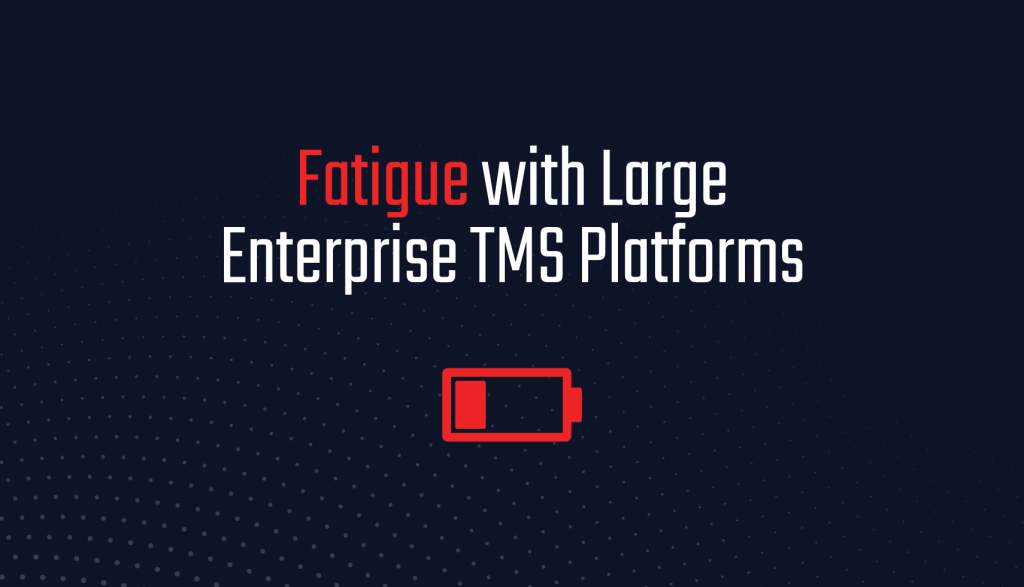
Fatigue with Large Enterprise TMS Platforms
Another common theme from the conference was dissatisfaction with some of the large enterprise TMS providers. While these systems, often integrated with ERP platforms, manage a wide range of business functions, they aren’t always meeting the specific needs of logistics teams. Shippers are finding that these platforms lack the execution capabilities and real-time visibility required for modern supply chain management.
There is growing interest in solutions that can handle multiple transportation modes—truck, rail, and ocean—in one unified system. As companies look for more comprehensive and flexible solutions, this desire for consolidation is driving the conversation about the future of TMS technology.
Keep Reading: 9 Things to Look for in a Transportation Management System>>>
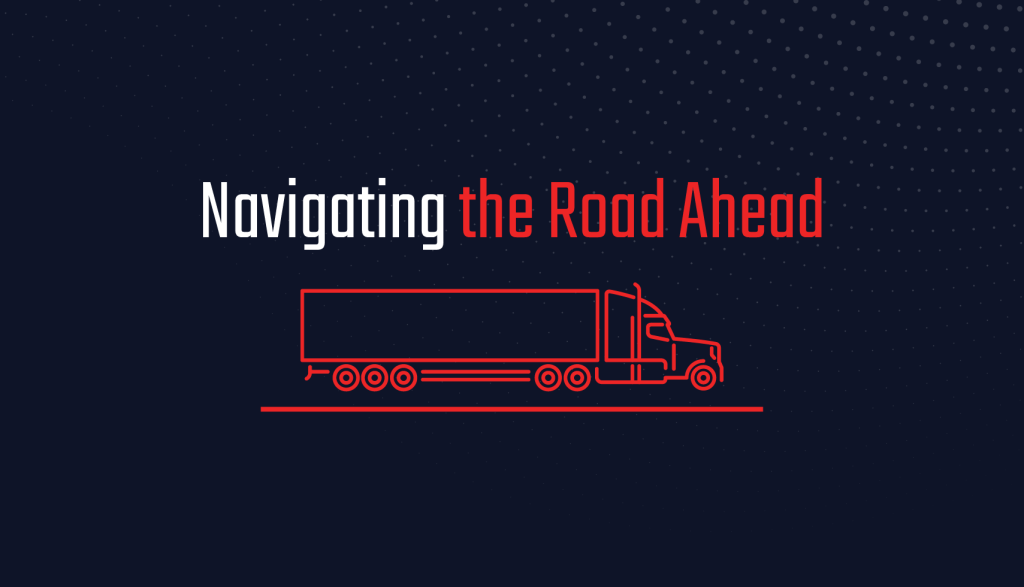
Navigating the Road Ahead
The FTR Transportation Conference highlighted a number of key trends shaping the transportation and logistics landscape. From the need for better visibility to the focus on ROI and the challenges posed by economic and political uncertainty, the industry is facing a period of transformation. These insights will continue to guide conversations and decisions as companies navigate the evolving demands of the logistics world.

